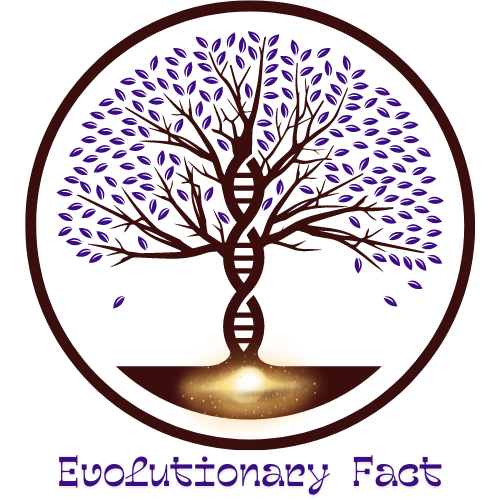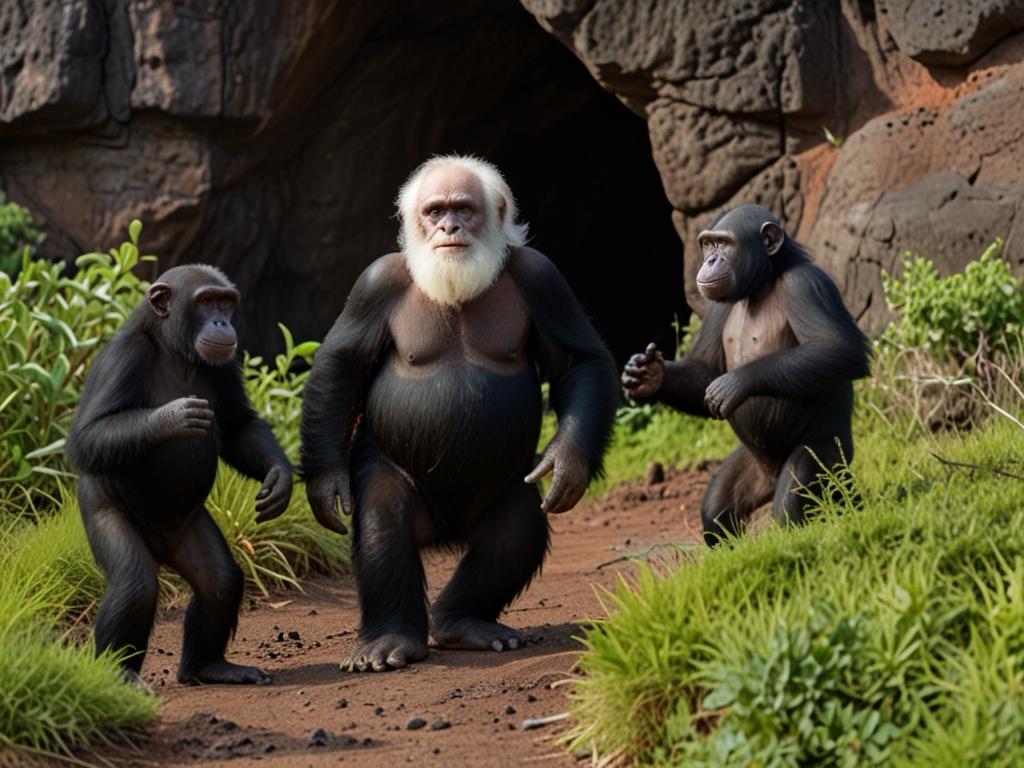Establishing the theory of evolution involves multiple lines of evidence and perspectives that collectively support the idea of common descent and natural selection. Here are different angles through which the theory of evolution can be established.
1. Fossil Record
- Transitional Fossils: Fossils that show intermediate traits between major groups of organisms, such as the transition from fish to amphibians (e.g., Tiktaalik) or dinosaurs to birds (e.g., Archaeopteryx).
- Chronological Order: Fossils appear in a consistent chronological sequence in sedimentary rock layers, supporting gradual change over time.
2. Comparative Anatomy
- Homologous Structures: Similar structures in different species that have a common evolutionary origin, such as the forelimbs of vertebrates (human arm, batwing, whale flipper).
- Vestigial Structures: Body parts that have lost their original function through evolution, such as the human appendix or the pelvic bones in whales.
3. Genetics and Molecular Biology
- DNA Sequencing: Genetic similarities between species, such as the close genetic relationship between humans and chimpanzees.
- Molecular Clocks: Using the rate of genetic mutations to estimate the time of divergence between species.
- Universal Genetic Code: All known life forms share the same genetic code, suggesting a common ancestry.
4. Embryology
- Developmental Similarities: Similar embryonic stages among different species, indicating common ancestry. For example, early embryos of vertebrates share a set of features, such as pharyngeal pouches, which develop into different structures.
5. Biogeography
- Geographic Distribution: Patterns of species distribution around the world that reflect evolutionary history, such as the unique fauna of isolated islands (e.g., Darwin’s finches in the Galápagos).
- Continental Drift: The movement of continents explains the distribution of similar species on different continents.
6. Observed Evolutionary Changes
- Microevolution: Small-scale changes within a species, such as the development of antibiotic resistance in bacteria or changes in the beak size of finches in response to environmental changes.
- Macroevolution: Larger evolutionary changes that can lead to the emergence of new species over long periods, as seen in the fossil record and phylogenetic analyses.
7. Experimental Evidence
- Laboratory Experiments: Experiments that demonstrate natural selection and adaptation, such as the long-term evolution experiment with E. coli conducted by Richard Lenski.
- Artificial Selection: Selective breeding of plants and animals by humans, such as dog breeds, which mimics natural selection and demonstrates how selective pressures can shape species.
8. Phylogenetics
- Evolutionary Trees: Phylogenetic trees constructed from genetic data show the relationships between species and the patterns of descent from common ancestors.
- Cladistics: Analyzing traits to reconstruct evolutionary relationships and understand how different groups are related.
9. Comparative Biochemistry
- Protein Homology: Similarities in proteins and enzymes among different species, which suggest a common origin. For example, the similarity of hemoglobin molecules in different vertebrates.
- Metabolic Pathways: Universal metabolic pathways, such as cellular respiration, that are conserved across different life forms.
10. Paleogenomics
- Ancient DNA: Sequencing DNA from ancient remains, such as Neanderthal DNA, provides direct evidence of genetic relationships and evolutionary changes over time.
- Molecular Fossils: Organic molecules preserved in fossils that provide insights into the physiology and biochemistry of ancient organisms.
Integrating Multiple Lines of Evidence
The robustness of the theory of evolution comes from the convergence of evidence from these diverse fields. When multiple independent lines of evidence all point to the same conclusion, the confidence in the theory increases.For instance:
- Comparative Anatomy and Genetics: Homologous structures are not just similar in form but are often governed by similar genes, linking anatomical evidence with genetic evidence.
- Fossil Record and Phylogenetics: Fossil data can be matched with phylogenetic trees to see how physical changes correspond with genetic changes over time.
- Biogeography and Embryology: The distribution of species and their embryonic development patterns provide a coherent picture of evolutionary history.
Conclusion
Establishing the theory of evolution involves synthesizing evidence from paleontology, comparative anatomy, genetics, embryology, biogeography, observed evolutionary changes, experimental biology, phylogenetics, comparative biochemistry, and paleogenomics. Each of these fields provides critical insights that, when combined, form a comprehensive and convincing body of evidence for the theory of evolution.
References
- Darwin, C. (1859). On the Origin of Species by Means of Natural Selection. London: John Murray.
- Benton, M. J. (2015). Vertebrate Paleontology (4th ed.). Wiley-Blackwell.
- Carroll, S. B. (2005). Endless Forms Most Beautiful: The New Science of Evo Devo. W. W. Norton & Company.
- Futuyma, D. J. (2013). Evolution (3rd ed.). Sinauer Associates.
- Gilbert, S. F. (2010). Developmental Biology (9th ed.). Sinauer Associates.
- Hillis, D. M., & Moritz, C. (1996). Molecular Systematics (2nd ed.). Sinauer Associates.
- Lenski, R. E., & Travisano, M. (1994). Dynamics of adaptation and diversification: A 10,000-generation experiment with bacterial populations. Proceedings of the National Academy of Sciences, 91(15), 6808-6814.
- Endler, J. A. (1986). Natural Selection in the Wild. Princeton University Press.
- Stringer, C., & Andrews, P. (1988). Genetic and fossil evidence for the origin of modern humans. Science, 239(4845), 1263-1268.
- Tattersall, I. (2009). The Fossil Trail: How We Know What We Think We Know about Human Evolution (2nd ed.). Oxford University Press.


Informative.
“Thank you for your selfless support.”